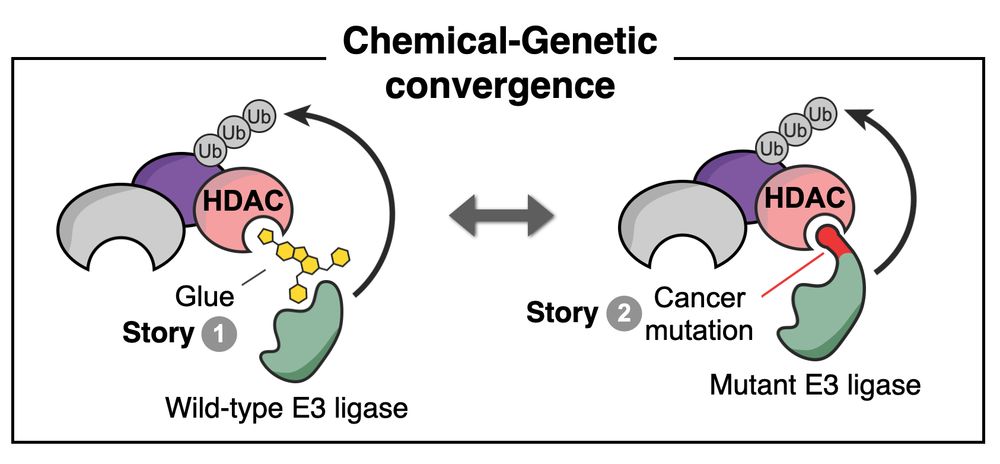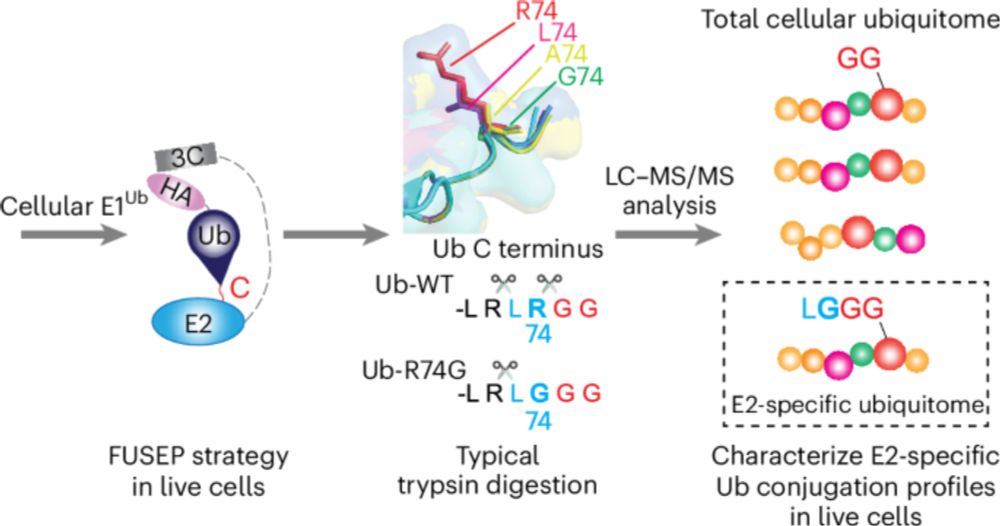

Let me walk you through it 🧵 1/9

Let me walk you through it 🧵 1/9
www.nature.com/articles/s41...

www.nature.com/articles/s41...

Check it out here: www.nature.com/articles/s41...

Check it out here: www.nature.com/articles/s41...
@ukproteostasis.bsky.social

@ukproteostasis.bsky.social
& NV
shorturl.at/fImjA

& NV
shorturl.at/fImjA



www.nature.com/collections/... 🧪

www.nature.com/collections/... 🧪
www.nature.com/articles/s41...

www.nature.com/articles/s41...


